About Violins
This page starts with general information about violins and gets to specific information like violin sizing and where to buy from at the bottom of the page. To jump down to the specifics click this button:
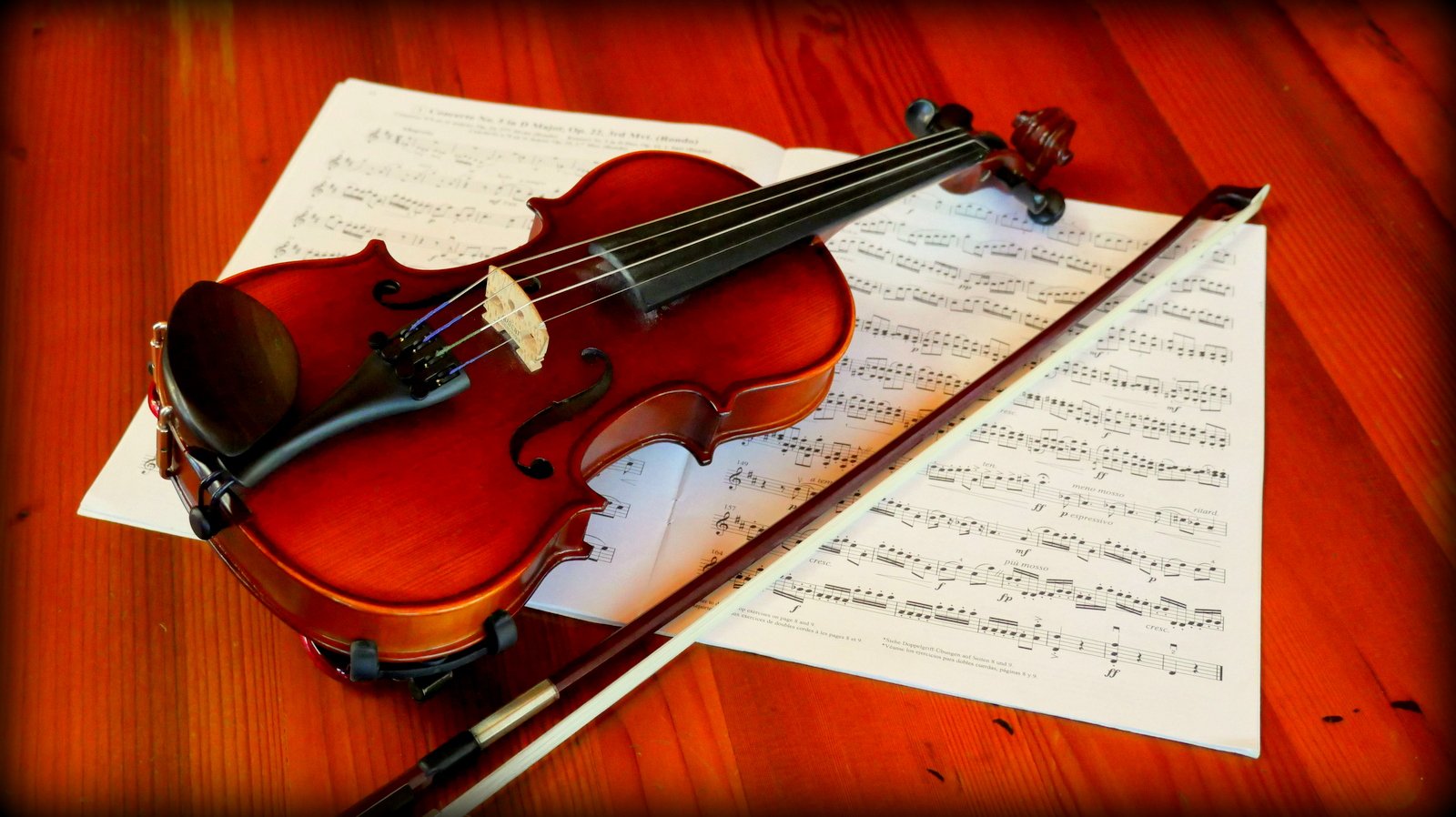

In some places, violins are available for hire from music shops or music schools. Second-hand violins can be fine but it is wise to do some research before taking this option so you know what you are looking for. You would want to make sure that there are no cracks in the violin and that the bow screw moves smoothly in and out, and check the shape of the curve in the bow when the hair is loose. Like most things, you generally get what you pay for. For a beginner you don’t need a high quality violin but you do need one that works properly. Better quality violins are less likely to need repair work.
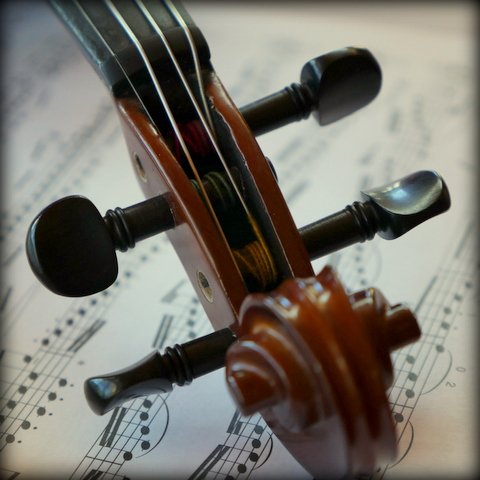

Another reason to get the best violin you can afford is for tone. You will be trying to reproduce the sound on the CD. This would have been recorded with a beautiful tone and on a good quality instrument. The nicer the sound your violin makes, the more you or your child will enjoy playing it and hopefully want to continue. Buy the best quality of sound you can afford.
You will have to listen to the sound of this violin every day and you will have a more pleasant time if it makes a nicer sound. Cheaper violins tend to have a tinnier, scratchier tone. Better quality violins tend to have a richer and more pleasant tone. You are more likely to enjoy playing and to feel like you are doing a good job if the violin is capable of producing a good tone.
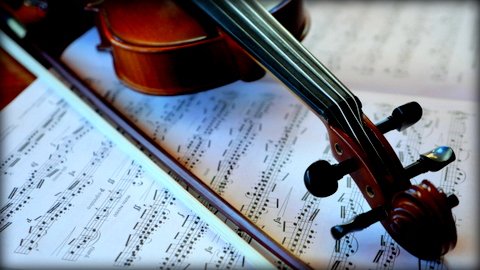

A new student-grade violin will usually come as a kit containing the violin and bow, a hard case and rosin (which increases bow grip on the string). You will need all these things. Violins usually come with fine-tuners, but if not I suggest that you have these fitted before you start. You will probably also want a shoulder-rest. Violins will need occasional replacement strings and other maintenance.
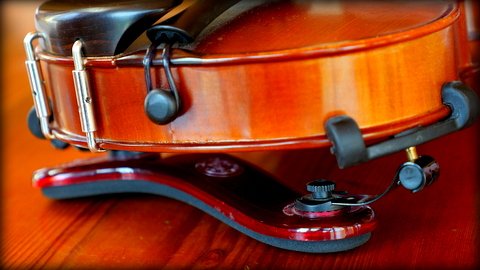

For violins of 1/8 size or larger, you will probably want a shoulder rest to fit the violin. I suggest that smaller violins (1/32, 1/16 size and 1/10) just use a piece of foam. You can go into the music shops and see if you can try out some shoulder rests but generally I recommend the Viva La Musica Flex for violin sizes 1/8, ¼ and 1/2. The Kun shoulder rests are usually a good choice for violin sizes ½, ¾ and full size.
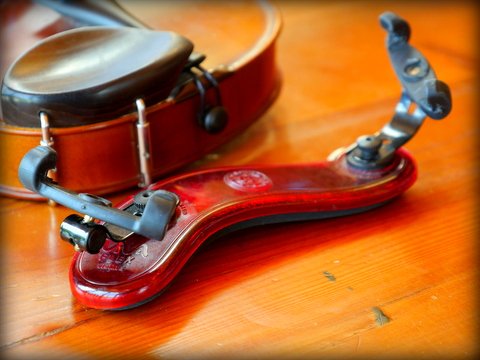

Some shoulder rests are collapsible making them more easily fit in the violin case. Some are adjustable which can cater for the next size up of violin. A well designed shoulder rest should fit well to the violin without constantly falling off, and also fit well to the player. Different shaped necks and shoulders can suit different shoulder rests.
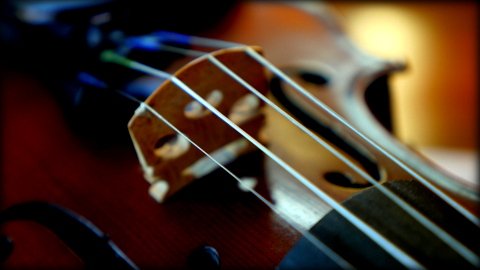

Violins generally come with strings already on, but at some point a string will break or degrade or begin to sound dull and you will need to buy new strings. The three main types of strings are steel-core, synthetic-core or gut (I don’t recommend this last option). Steel-core strings are often put on student violins, especially school instruments which are rented out, because they tend to last longer and are cheaper. Synthetic core strings are generally considered to give a richer tone.
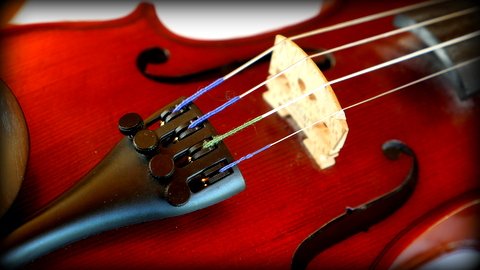

It is very important to keep the violin in tune. It is common for violinists to tune ‘by ear’ but this skill can take some time to master and a tuner can give you much more confidence at tuning the violin. If you are not confident that you can tune the violin by ear then I suggest you either get a chromatic tuner app on your phone or buy an electronic tuner that can live in the violin case. Browse for Tuning Apps on your phone (Android or Apple), there are a selection of them you can try to see what works best. For an electronic tuner to live in the violin case, one option is the D’Addario clip-on violin tuner.
Getting and maintaining your violin
What size violin to get for your child
Violins come in about 7 different sizes. Adults use a "full size" violin. Children use one of the smaller sizes. Violin's vary in size even within the quoted "size" so it is more accurate if you can actually measure the violin you are considering and compare it to your child's arm measurement. Better still is if you can hold the actual violin up to your child's arm to compare them. The full length of the violin (to the end of the scroll) should be about the same or slightly shorter than the child's arm measurement (neck to wrist).
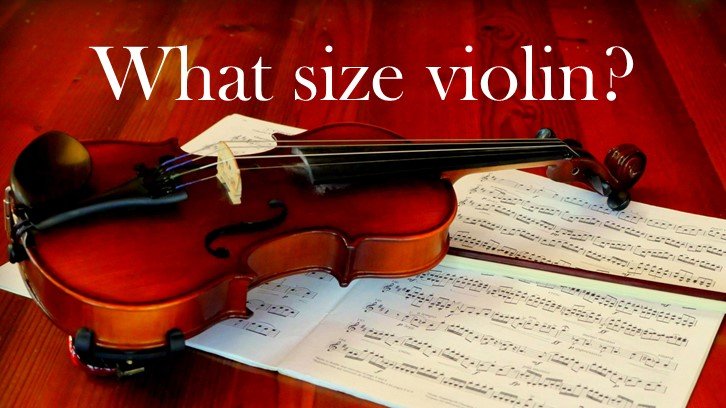

If you are buying online and can't try the violin out against your child's arm then I suggest measuring your child's arm (neck to wrist like in the video):
For a child with arm length 36cm (15 inches) or smaller, get a 1/32 size violin
For arm length 37-39cm (15.0-16.5 inches) get a 1/16 size violin
For arm length 40-42cm (16.5-17.5 inches) get a 1/10 size violin
For arm length 43-45cm (17.5-19.5 inches) get a 1/8 size violin
For arm length 46-49cm (19.5-21.0 inches) get a 1/4 size
For arm length 50-53cm (21-22 inches) get a 1/2 size
For arm length 54-58cm (22.0-24.5 inches) get a 3/4 size
For arm lengths 59 cm (24.5 inches) or longer use a full-size violin.
If your child is in between sizes then you have a decision to make, whether to go slightly small or slightly large. If you can hire the smaller size for a while then that is what I suggest. If you will need to buy the violin then probably buy the larger size. Feel free to contact me for advice.
Buying violins
Second hand violins are fine but it can be hard to know what you're getting until you know what to look for so here are two peace-of-mind options for buying a new violin in New Zealand (read below for USA option):
Option 1/
The easiest "click a button and it arrives at your door" option, Endeavour "Optimist" violins from the String Workshop.
These violins are not the cheapest ($NZ 280 delivered at the time of writing this) but they are the cheapest I have found that work reliably. Many other student-grade violins that I have tried have had problems very early on that were difficult to fix. Any occasionally issues I've had with the String Workshop violins, usually many months after purchase, have been fixed promptly and for free.
String Workshop has a range of violin qualities from the "Optimist" model up (though I have no experience of his upper-range violins at ~$NZ 10,000-15,000). The other String Workshop model I have experience of is the "Journeyman" model violins (~$NZ 480 at the time of writing), which I have used when students want to upgrade a little from the "Optimist" but still at an affordable price.
Option 2/
If you can spend more then I highly recommend Antonio Strings.
The Antonio Strings AS10 model is their cheapest option (at ~$NZ 900) and it comes in all sizes.
If you go to their Violins page you'll find a range of violin models from this one up.
If you are not in New Zealand, I see that Shar Music sells beginner violins. I have no experience of their violins but it is an option:
https://www.sharmusic.com/instruments/violins/beginning-violins
Hiring violins (in NZ)
In other areas of New Zealand (and in the Nelson area) music shops sometimes hire out violins too.
Buying shoulder rests
I recommend that very small children's violins (size 1/16 and 1/10) just use a foam.
For violins larger than 1/10 I recommend this shoulder rest. If you are not in New Zealand, you can buy these shoulder-rests from Shar Music, USA.
Other options for 3/4-full size violins are:
From the String Workshop: Everest shoulder rests
or
From Antonio Strings: Kun Original shoulder rest (scroll down that page).
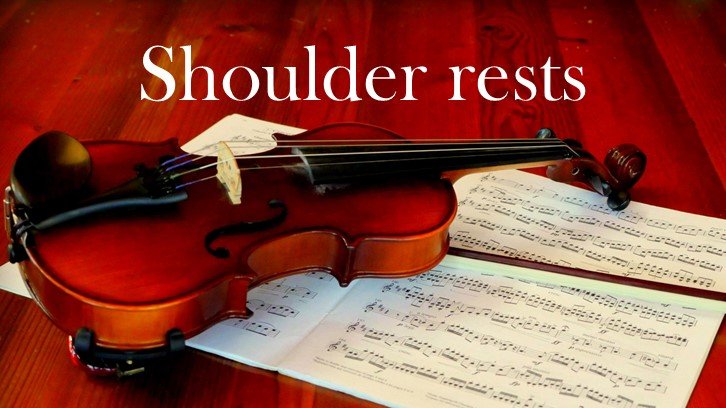

Violin Strings
Strings come in different sizes for different sized violins. You can buy strings individually or as a set of 4. Even within a set, strings vary considerably in price with E-strings being the cheapest and G-strings being the most expensive.
For children's violins I suggest Vision strings (which can be ordered by email from Antonio Strings).
For full size violins, you might want to try various different strings to see which sound you like best. Vision strings are popular, along with Dominant strings. Both can be ordered by email from Antonio Strings.